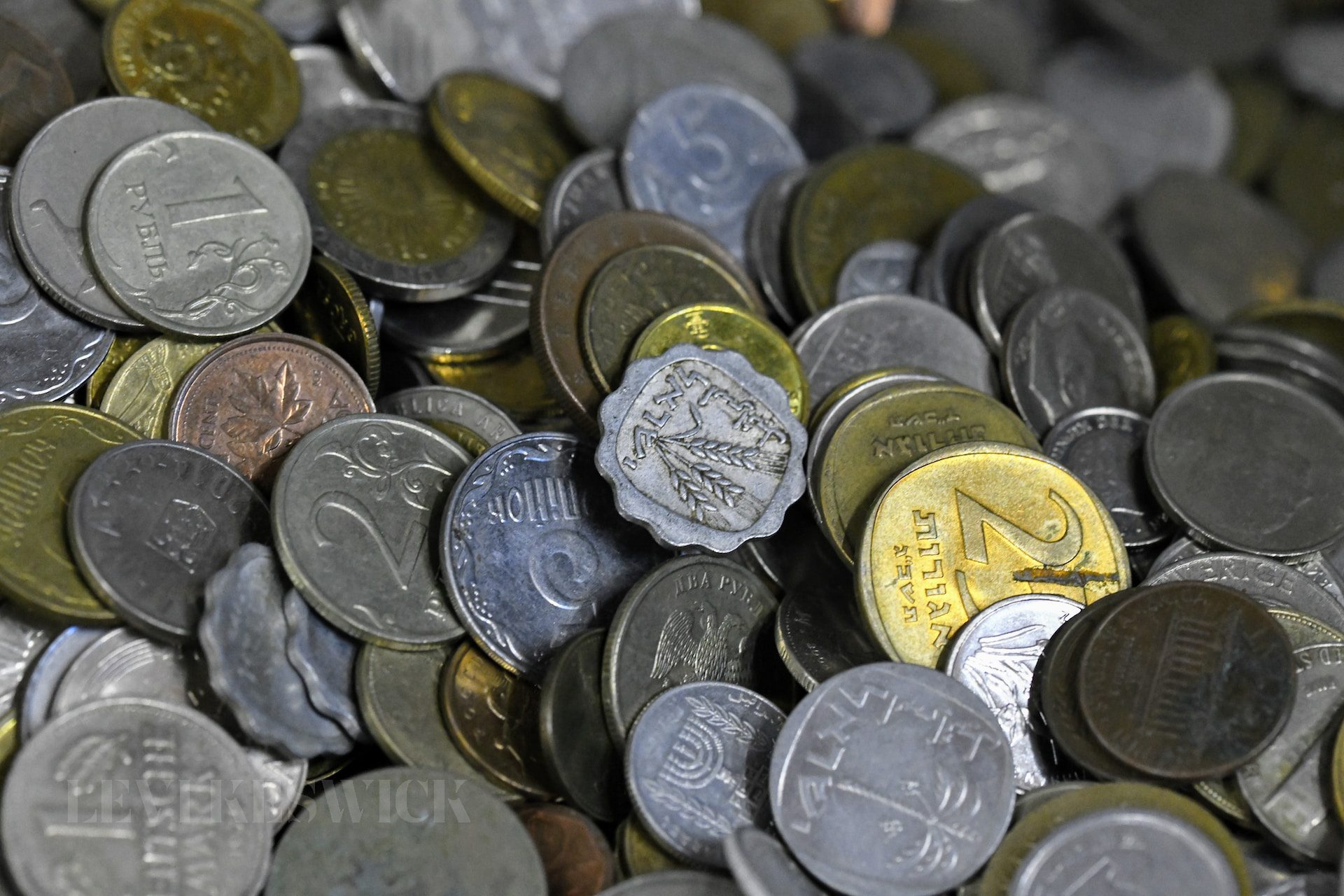Key Takeaways:
- Understanding the art and science of numismatics, the study or collection of coins.
- The rarity and appeal of the Jefferson nickels, including the 2003 nickel error.
- Factors contributing to the valuation and allure of the Full Steps Jefferson nickels.
- Appreciating the joy of coin collecting and the thrill of hunting for the 2003 nickel error.
The Fascinating World of Numismatics
Numismatics, or the study and collection of coins, is a fascinating hobby that merges history, art, and economics. Each coin tells a unique story, and the thrill of hunting for particular coin errors or rarities like the 2003 nickel error adds an extra layer of intrigue. This passion for rare coin collecting is fuelled by the hope of finding the next hidden gem amongst ordinary change.
Jefferson Nickels: A Brief Overview
The Jefferson nickel, first minted in 1938, remains one of the longest-running coin series in the United States. Designed by Felix Schlag, the nickel’s artwork was selected from a competition that included 390 artists’ designs.
While there are very few major regular-issue rarities in the Jefferson nickel series, certain mintages and errors, like the 2003 nickel error, have become coveted amongst coin collectors. Key among these rarities are the 1939-D and 1950-D issues, which, despite their scarcity, remain relatively affordable in all circulated grades and even in most uncirculated grades.
The Hunt for the 2003 Nickel Error
The 2003 nickel error is part of the allure for many coin collectors. Errors or variations that occur during the minting process often create unique coins that are sought after for their rarity and distinctiveness. While the Jefferson Nickel series has several significant business-strike varieties, each carries its own level of intrigue and desirability.
The 2003 nickel error is one of those elusive targets that drives numismatics enthusiasts. A simple minting flaw or variation can turn an ordinary nickel into a valuable collector’s item, igniting excitement in the numismatics community. These errors can range from doubled mint marks, overmint marks, to off-center strikes and die cracks, each presenting a unique characteristic that collectors find appealing.
The Allure of Full Steps Jefferson Nickels
Full Steps Jefferson nickels, in particular, have become a focal point for many collectors. Regular-strike Jefferson nickels showcasing five or six full steps across the bottom of Monticello are considerably scarcer than examples where the strike appears softer in this area of the reverse.
The intricacies of these so-called Full Steps Jefferson nickels, where the details of the Monticello steps are fully visible, make them highly sought after in the coin collecting world. For some dates, none are known to exist in a condition above MS65, making the hunt for high-quality examples an exciting challenge for collectors.
2003 Nickel Error: A Case Study in Numismatic Value
The 2003 nickel error, like many other errors and rarities, carries a special appeal to collectors and enthusiasts. Each coin’s rarity, historical context, and unique characteristics play into its valuation, making coin collecting a dynamic and constantly evolving field.
Coins like the 2003 nickel error stand as a testament to the fascinating blend of history, artistry, and economic factors that define the world of numismatics. They provide a unique way to engage with history, appreciate the artistry and craft involved in coin minting, and understand the economic factors that drive rarity and value.
Final Thoughts: Embracing the Thrill of the Hunt
The world of coin collecting is filled with unique stories, historical narratives, and a shared sense of excitement for the next great find. The 2003 nickel error, like other coin errors and rarities, offers a unique opportunity for collectors to delve deeper into the world of numismatics.
Whether you’re a seasoned numismatist or a novice in the field, the search for rarities like the 2003 nickel error embodies the joy of coin collecting. It’s a constant reminder of the thrill that comes from uncovering a piece of history and finding unique value in what others might overlook. So the next time you come across a nickel, look closely. You might just be holding a rare gem in your hand.








